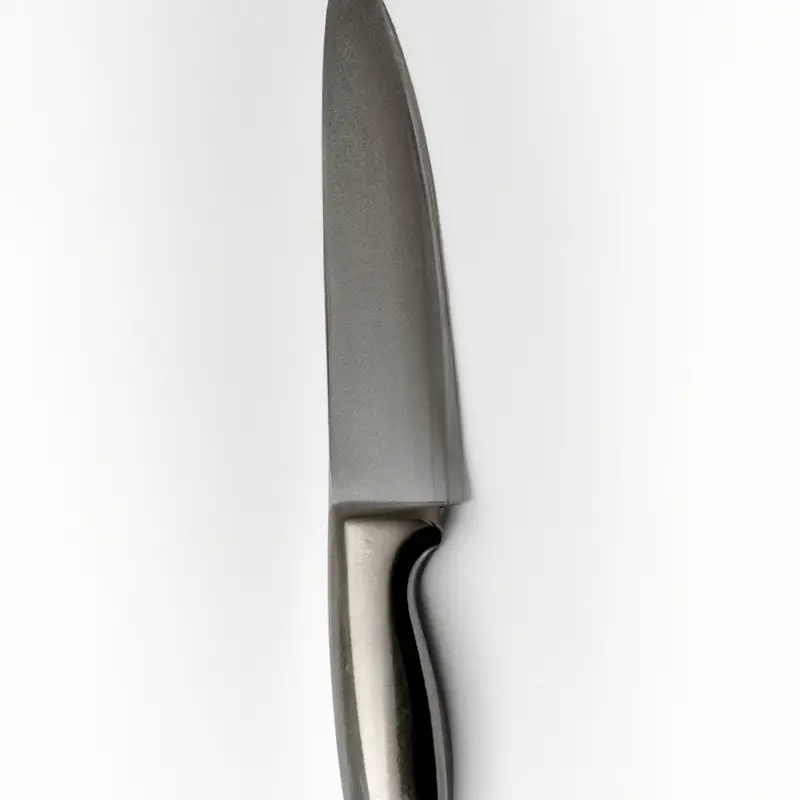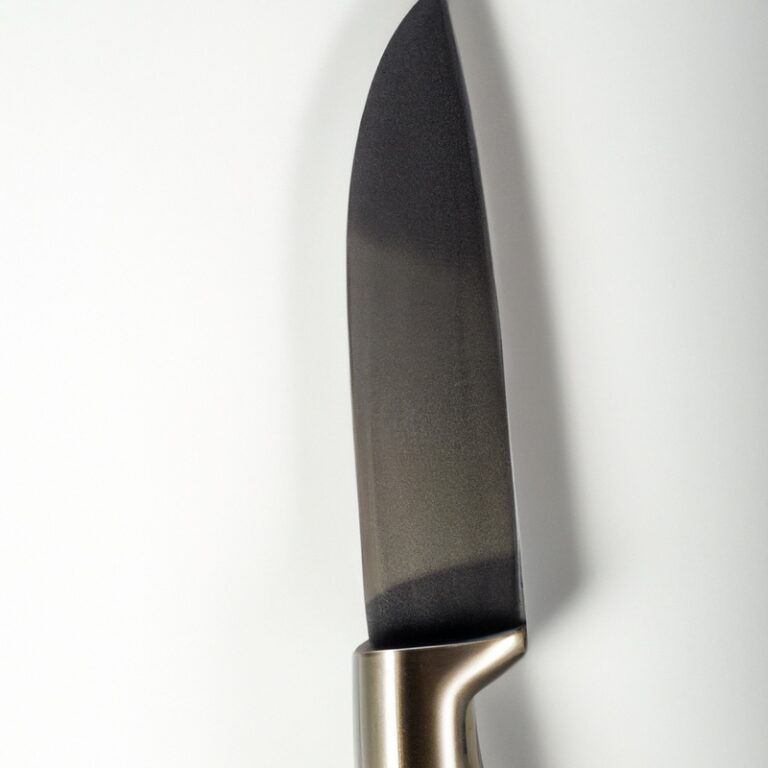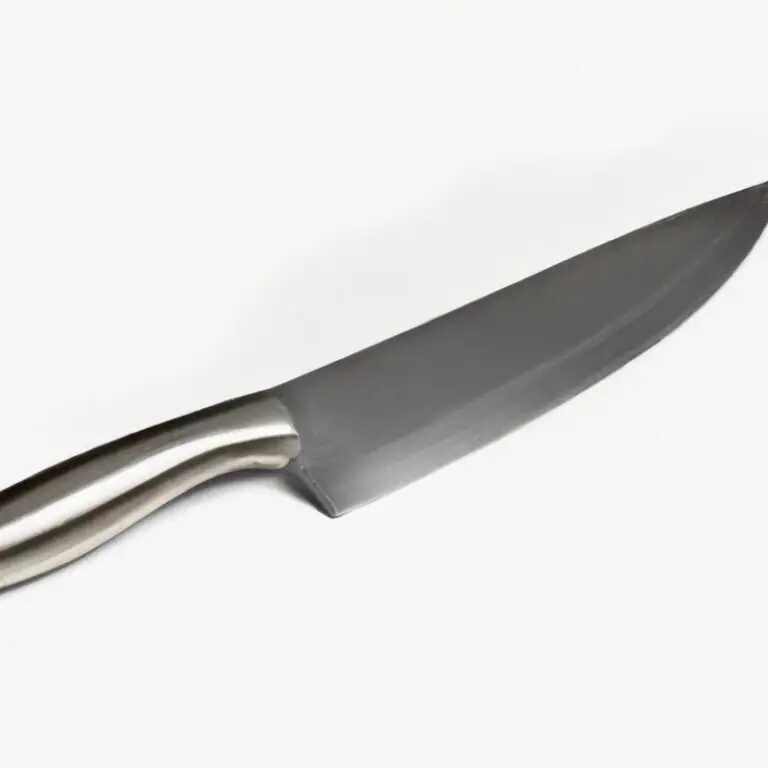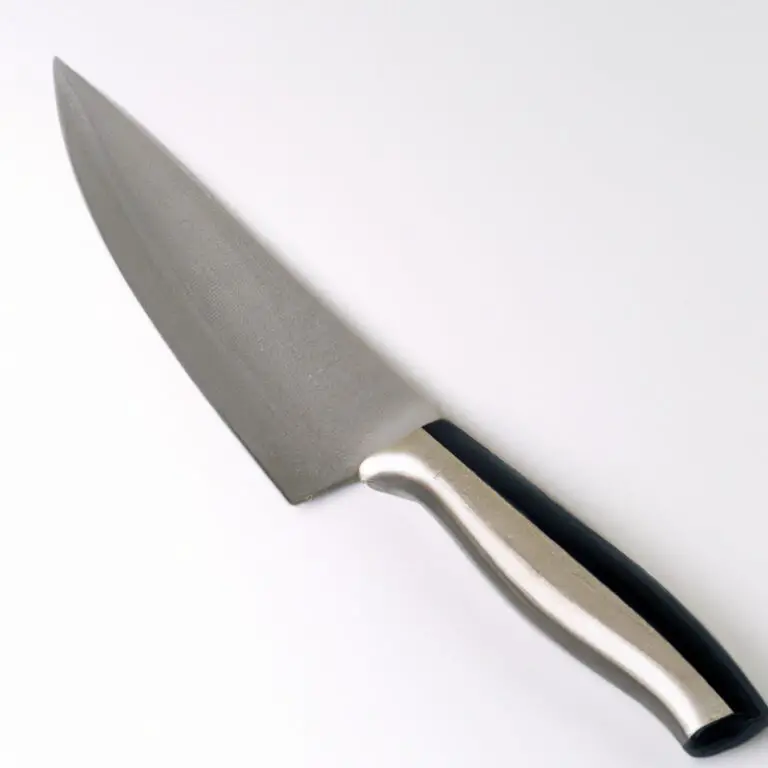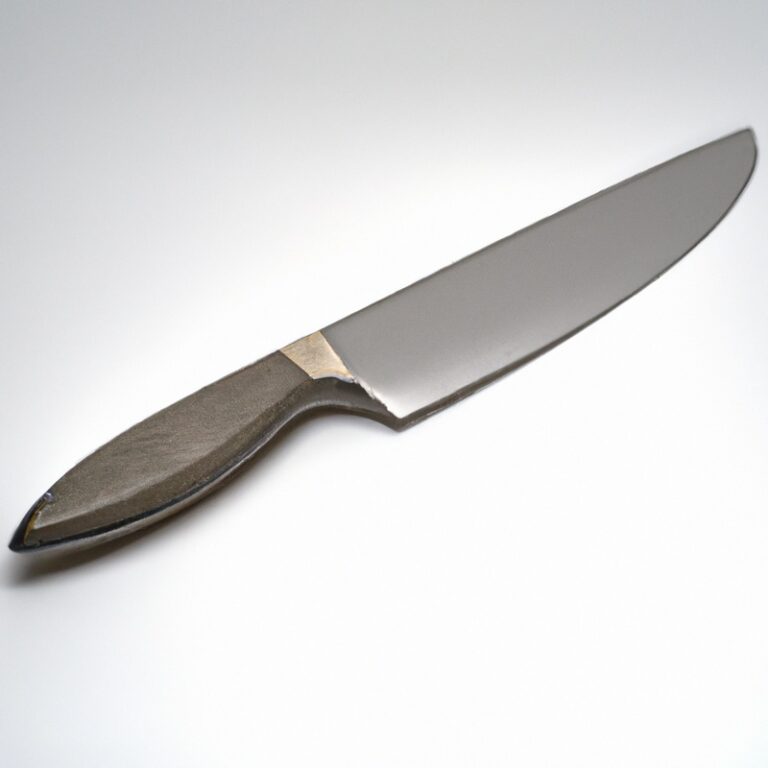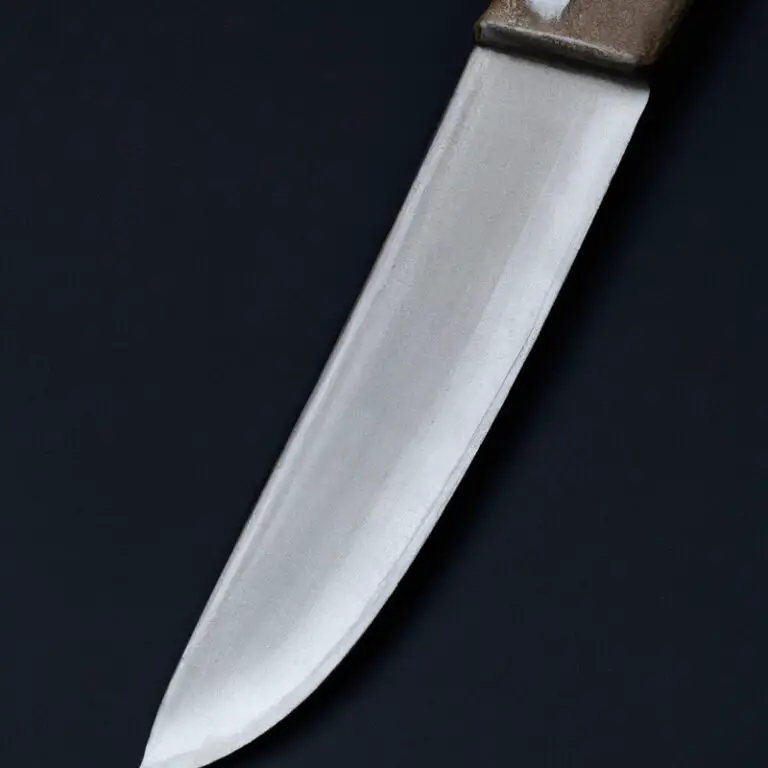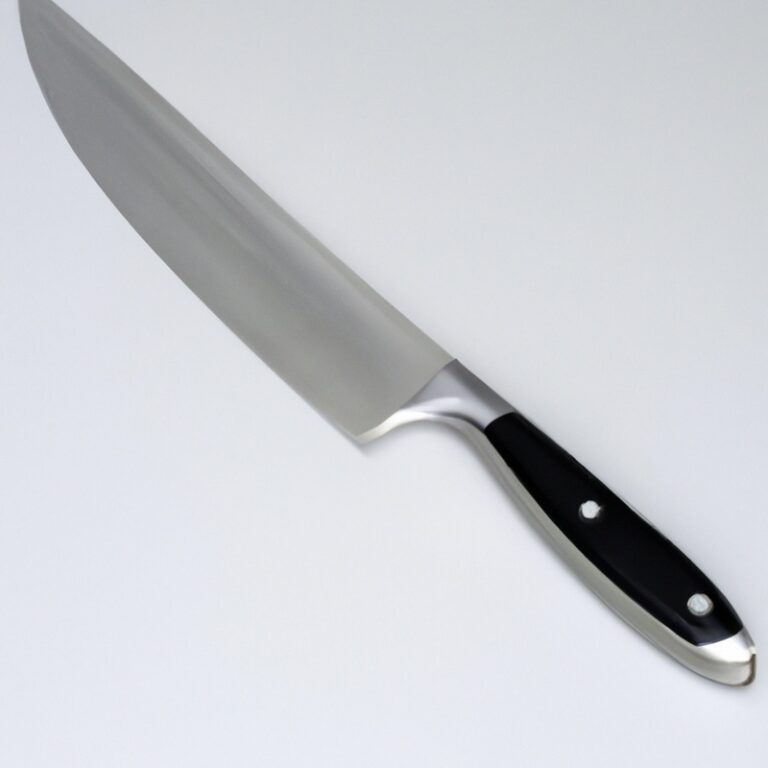How To Fillet a Yellow Perch Using a Fillet Knife? Catch Your Dinner Like a Pro!
Key Takeaways:
- Use a sharp fillet knife for efficient and clean filleting.
- Start by removing the head, then make an incision along the backbone to separate the fillet.
- Remove the bones by slicing along the ribcage and pin bones using pliers or tweezers.
- Proper filleting technique preserves the meat quality and enhances the dining experience.
Are you a fishing enthusiast looking to take your catch to the next level? Then, filleting a yellow perch is a skill worth mastering! Not only does it enhance the taste, but also is a must-have skill for any angler.
But how do you achieve those perfect fillets?
In this comprehensive guide, I’ll walk you through the steps of gathering supplies, setting up your workspace, cleaning the fish, and using a fillet knife to create mouth-watering, boneless fillets. Whether you’re a novice looking to sharpen your skills or a pro looking for new tips and techniques, this guide has everything you need to fillet a yellow perch like a pro!
| Steps | Description |
| 1 | Place the perch on a flat surface with the belly facing upwards. |
| 2 | Insert the blade of the fillet knife behind the gills, and slice downward along the backbone towards the tail. |
| 3 | When the blade reaches the rib bones, use the knife to fillet the fish along the rib bones, separating the flesh from the bones with the blade of the knife. |
| 4 | Repeat the process on the other side of the perch. |
| 5 | Remove the skin by placing the tip of the knife between the flesh and the skin and slicing the skin away from the flesh at a slight angle. |
| 6 | Remove the remaining bones by using tweezers or pliers, or by making a small cut on either side of the pin bones and pulling them out with your fingers. |
Gathering Supplies: What you need before filleting a yellow perch
Before you start filleting your yellow perch, it is important to gather the necessary supplies to make the process easier and more efficient. Here are the essential supplies you will need:
- Fillet knife – A sharp fillet knife with a slender and flexible blade is recommended for filleting fish.
- Fillet board – A flat surface to hold the fish in place while cutting.
- Cutting board – A separate board for preparing your fish and keeping your work area clean.
- Paper towels – To dry off the fish and to wipe away any excess moisture.
- Pliers or tweezers – To grip and remove any small bones still in the fillet.
- Bowl of water – To rinse the blade and keep it clean between cuts.
Having all of these supplies at hand will ensure you have a smooth filleting process and produce quality fillets.
Preparing Your Work Station: Tips for setting up a clean and organized space
Before beginning to fillet a yellow perch, it’s crucial to prepare your work station properly. This requires creating a clean and organized space that will help you streamline the process and maintain safety.
Start by selecting a flat and stable surface, ideally a cutting board or a countertop.
Ensure that the surface is clean and dry to prevent any slipping accidents. Next, gather all necessary tools such as fillet knife, sharpener, pliers, and a trash bin nearby to avoid any unnecessary movements.
Additionally, it’s important to keep your hands clean and dry throughout the process to avoid contamination of the fish and cross-contamination with other surfaces.
You can use a clean towel or paper towel to wipe your hands frequently. Proper lighting is also crucial in providing adequate visibility of the fish.
Natural lighting or bright overhead lights will help you spot any remaining scales or bones that need to be removed.
By following these tips and organizing your work station, you can ensure a smooth and efficient filleting process, allowing you to focus on achieving perfectly cut and cleaned fillets.
Cleaning the Perch: Removing scales and gutting the fish
To clean a perch, begin by placing it on a clean surface or cutting board. Using a scaler or the back of a knife, remove the scales by scraping the fish from the tail to the head.
Be sure to rinse the fish under running water to remove any remaining scales.
Next, remove the head by making a diagonal cut behind the gills towards the spine. Use a sharp fillet knife to make a slit along the belly, starting from the opening near the head and cutting down towards the tail.
Remove the internal organs by running a finger along the spine and gently pulling out the guts.
Rinse the inside of the fish thoroughly. Cleaning a perch can be a bit messy, so it’s important to keep your work area clean and tidy.
Dispose of the fish waste promptly and wash your hands and tools with warm soapy water.
Cleaning a perch is a crucial step before filleting. A clean fish ensures that the fillet remains fresh and free of any unwanted flavors.
Starting the Fillet: Properly positioning your fillet knife on the fish
When it comes to being able to fillet a yellow perch correctly, it’s crucial that you begin the process by positioning your fillet knife correctly on the fish. To do this, lay the yellow perch down on its side and use your non-dominant hand to hold it steady.
Then, starting from the top, place your knife behind the gills and make a downward cut towards the head.
Once you’ve done this, angle your knife towards the tail and begin cutting along the spine, carefully separating the fillet from the bones. Remember to use smooth, fluid motions to avoid tearing the meat.
With practice, you’ll be able to perfect your technique and fillet your yellow perch quickly and efficiently.
Removing the Skin: Step-by-step guide for separating the meat from the skin
To remove the skin of a yellow perch, place the fillet skin side down onto a cutting board. Insert the blade of the fillet knife between the skin and the flesh at the tail end.
Use a back-and-forth sawing motion to guide the blade along the skin while pulling on the skin with your free hand, keeping the knife as close to the skin as possible.
Work slowly and carefully, making sure to remove as little flesh as possible. Repeat the process on the other side of the fish.
Once all of the skin has been removed, use your fingers to feel for any remaining bones and remove them with the tip of the knife.
With practice, you will be able to separate the meat from the skin with ease.
Removing the Bones: Techniques for extracting bones from the fillet
When it comes to removing the bones from your yellow perch fillet, there are a few tips and techniques that can ensure success. First, it’s important to run your fingers along the fillet to locate and extract any remaining bones with a pair of tweezers or fish bone pliers.
Additionally, making small incisions along the line of the bones can help in their removal.
For larger bones near the center of the fillet, use a sharp knife to carefully cut around them, leaving the majority of the meat intact. With these techniques, you can enjoy a bone-free yellow perch fillet every time.
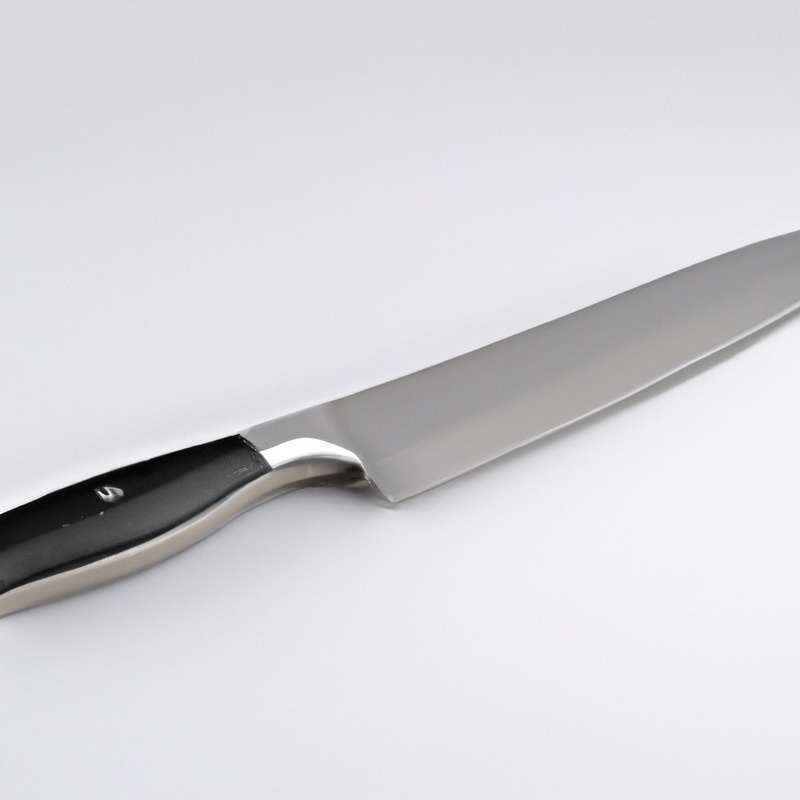
Finishing Touches: Cleaning up any remaining pieces and preparing for cooking
Once you have removed the skin and bones from the fillet, you should clean up any remaining pieces before cooking. This can include removing any small bones or leftover skin.
You can use tweezers or a clean cloth to gently remove any remaining bones.
To remove any scales that may still be attached to the fillet, run your hand over the surface of the fish, or use a clean towel to gently brush them off. For optimal flavor, it’s important to prepare the fillet for cooking properly.
This can be as simple as rinsing the fillet under cold water and patting it dry with paper towels.
You can also season it with salt or your favorite spices before cooking. Once prepared, you can cook the fillet using your preferred method such as grilling, frying or baking.
The goal is to cook the fish until it reaches an internal temperature of 145°F.
Cooking times may vary depending on the thickness of your fillet. Enjoy your freshly caught yellow perch!
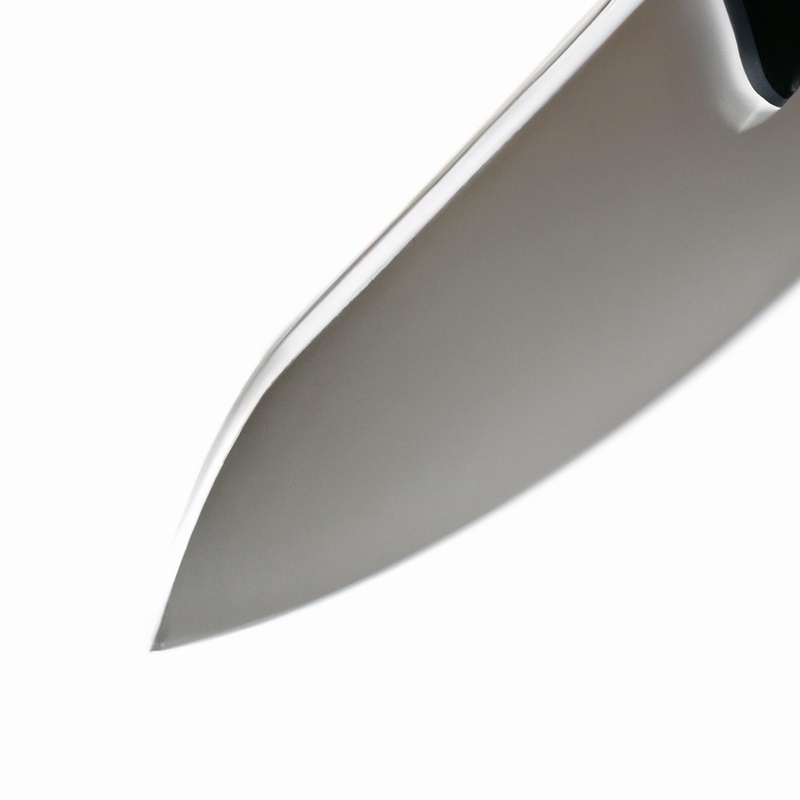
Tips for Success: Recommendations for achieving perfect fillets every time
Achieving perfect fillets requires practice and patience. Here are some tips to help you achieve success every time:
- Use a Sharp Knife: A dull knife can ruin your fillet and make the process longer. It is important to use a sharp fillet knife to ensure a clean cut.
- Know Your Fish Anatomy: Familiarize yourself with the yellow perch’s anatomy, especially the position of the bones. This knowledge will help you cut the fillet easily and avoid wasting meat.
- Take it Slow: Filleting a fish can be a delicate process, so taking your time is important. Rushing through the process may result in a less than perfect fillet or even injury.
- Keep It Clean: Work on a clean and organized surface to minimize contamination and prevent slipping accidents. It is crucial to keep your hands and tools clean and sanitized throughout the process.
- Remove Bones Carefully: Removing bones can be tricky, but taking your time and using the right technique will help you extract the bones without taking too much meat with them.
- Practice Makes Perfect: Like any skill, filleting a fish requires practice. Keep at it, and you’ll soon be achieving perfect fillets every time.
By following these tips, you’ll be able to fillet your yellow perch with ease and achieve the perfect fillet every time.
Storing Your Fillets: Proper preparation and storage of the finished fillets
Once you have filleted your yellow perch, it’s important to store them properly to maintain their quality and freshness. Start by rinsing the fillets with cold water and patting them dry with a paper towel.
Place the fillets in an airtight container or vacuum-sealed bag, and store them in the refrigerator at a temperature of 32-39°F.
It’s important to use them within 2-3 days to avoid spoilage. For longer storage, consider freezing the fillets.
Wrap each fillet individually in plastic wrap or freezer paper, and place them in a freezer-safe container or bag.
Remember to label the container with the date and type of fish. Yellow perch fillets can be frozen for up to 6 months.
Follow these guidelines to make sure your fillets are always tasty and fresh when you are ready to cook them.
Final Verdict
Filleting a yellow perch may seem like a daunting task, but with the right tools and techniques, it can be a rewarding experience that yields delicious results. By following the steps outlined above and taking the time to properly prepare your work station, clean the perch, and carefully remove the skin and bones, you can achieve perfectly filleted fish every time.
It’s important to note that practice makes perfect, so don’t be discouraged if your first attempt isn’t quite as flawless as you hoped.
With patience and persistence, anyone can become an expert in filleting a yellow perch using a fillet knife. By implementing the tips and techniques provided above, you’ll be well on your way to impressing your dinner guests with your culinary skills.

